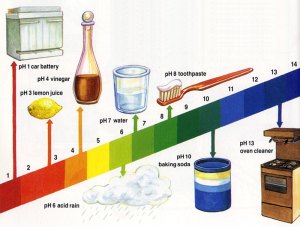Exploring Dubai
William Wordsworth
William Wordsworth (7 April 1770 – 23 April 1850) was a major English Poet. Wordsworth’s magnum opus is generally considered to be The Prelude, a semi-auto-biographical poem of his early years which he revised and expanded a number of times. It was posthumously titled and published, prior to which it was generally known as “The Poem to Coleridge”. Wordsworth was Britain’s Poet Laureate from 1843 until his death in 1850.*
generally considered to be The Prelude, a semi-auto-biographical poem of his early years which he revised and expanded a number of times. It was posthumously titled and published, prior to which it was generally known as “The Poem to Coleridge”. Wordsworth was Britain’s Poet Laureate from 1843 until his death in 1850.*
*(For more info about William Wordsworth see page 94 of English text book)*
Who is Charles Mackay?
 Charles Mackay (26 March 1812 (some sources say 27 March 1814) – 24 December 1889) was a Scottish poet, journalist, author, anthologist, novelist, and songwriter. Mackay published Songs and Poems (1834), a History of London, Extraordinary Popular Delusions and the Madness of Crowds (1841), and a romance entitled Long Beard. He is also remembered for his Gaelic Etymology Of The Languages Of Western Europe and the later Dictionary of Lowland Scotch in which he presented his “fanciful conjectures” that “thousands of English words go back to Scottish Gaelic”.*
Charles Mackay (26 March 1812 (some sources say 27 March 1814) – 24 December 1889) was a Scottish poet, journalist, author, anthologist, novelist, and songwriter. Mackay published Songs and Poems (1834), a History of London, Extraordinary Popular Delusions and the Madness of Crowds (1841), and a romance entitled Long Beard. He is also remembered for his Gaelic Etymology Of The Languages Of Western Europe and the later Dictionary of Lowland Scotch in which he presented his “fanciful conjectures” that “thousands of English words go back to Scottish Gaelic”.*
–Duo Bloggers-
*(He has written many famous poems like Sympathy – this can be found on page 73 of your English text book)*
